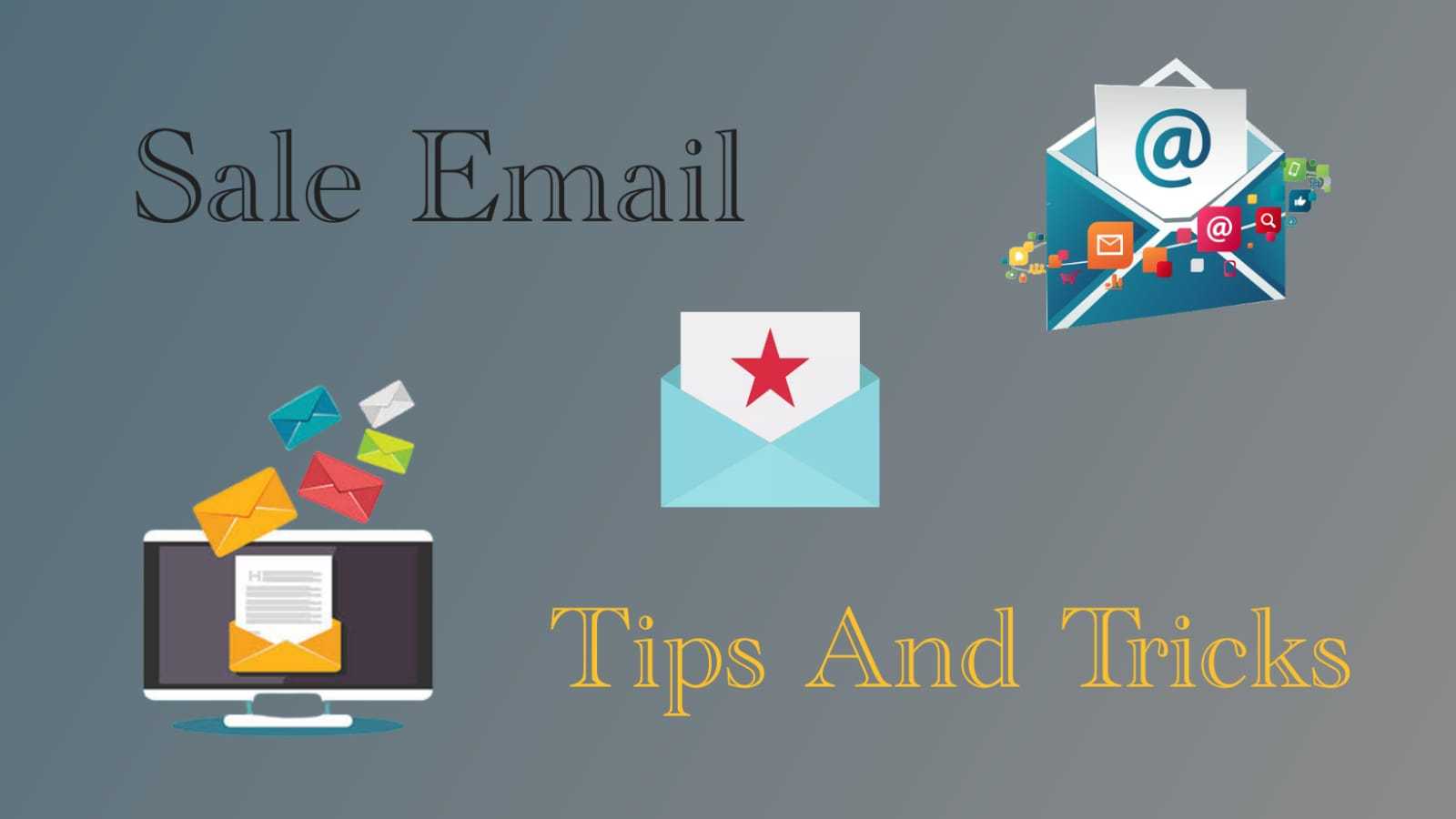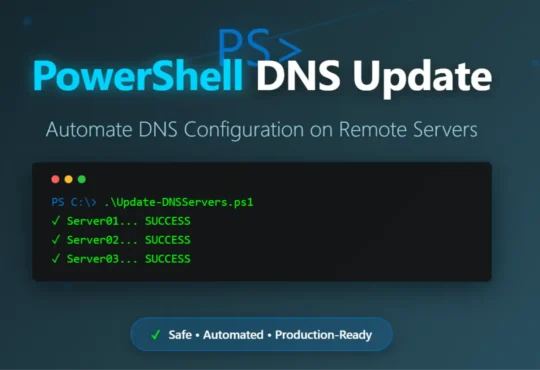Hi All. . . In this post, I am sharing some Sales Email Tips and Tricks in detail. Hope you will like this post and you will be able to make your successful Sales Email after reading this post. Usually, Sales Emails are used by Email Marketer that can increase your sales through Email Marketing. So let’s read some tips and tricks about Sales Email
Sales Email Tips And Tricks
Make the reader feel like you’re sitting on the couch together… having a conversation… and you slowly reach your hand out to provide comfort and advice.
You guide them to take the action they really want for themselves.
Think of yourself as the “guide” in their journey who is giving them everything they need to become the hero!
Focus on creating this feeling and format, and you’ll overcome any weakness with your “writing.”
Establish Your “one action goal”
This is not a “call-to-action.” Ask yourself, “What one action do I want my readers to take?”
Is it clicking through to a sales page? Scheduling a call with you or a member of the sales team?
Structure your email with a singular focus to walk your reader into that action.
Remember, if you are linking to a sales page or outside resource, let that page do its job of converting traffic into buyers. That way you can focus all your energy on the email to drive as many clicks to the sales page as possible.
Think of it like this. If your sales page is converting at 20%, for example, you want as many qualified visitors on that page. More visitors = more sales.
So don’t try to “sell” in your email, just “sell the click” to get readers onto the sales page.
Your only job in the email is to get them to the next stage in the buying process. Don’t try to go in for the kill in the email when your sales page or online scheduler will do just that 😉
There is one rare exception to this: If you are sending multiple emails and KNOW that your prospect has already read the sales page and your “one action goal” is to get them to click straight to a check out form.
BONUS: To increase clicks to a sales page, purposefully leave out some information. I call this being “precisely vague.” Give the reader 90% of what they’ll want to know, but leave out some essential information that will entice them to click to the sales page and/or contact you for the rest of the story.
This lack of closure (not knowing all the information) will increase the level of curiosity a reader experiences, forcing him to click on the sales page or contact you for closure.
Example: If you’re selling a group coaching program, consider NOT including the course start date or time inside the email. Instead, link to the sales page and reference that the information they’re liking thinking about
Objection Handling
Objections are questions or disbeliefs that the reader experiences. These typically occur immediately after reading a strong claim that you make.
Example: If I made a claim in my copy that said, “Every time I send an email I am nearly guaranteed at least $2,458 in sales.” What question would immediately pop into your mind? You’re probably thinking, “How can you be guaranteed sales?” Knowing that this exact question will pop into the mind of the readers, I must address it right then.
Since objections are an acute experience, we must overcome them right there on the spot.
Unlike traditional in-person selling where we can read body language or even have the prospect interrupt us for clarity, selling in the written word (copy) requires us to get inside the mind of the reader and answer all of their questions as they arise. If we leave questions unanswered, disbelief becomes stronger and the reader will stop reading and leave.
The takeaway? Whenever they will have a question or objection, we must handle it RIGHT then.
I like to handle this head-on like this: I’m sure you’re thinking, “Well, that sounds way too good to be true.” It’s not. Here’s what happened to Bobby…
Opening and Closing Loops
A “loop” is a copywriting technique you’ve seen used in TV dramas to keep people on the edge of their seats and eager to see what happens (even when the show sucks).
Sally has her back to the edge of the cliff, Mike is coming at her with a bat raised… Sally’s husband is off screen running towards Sally to save the day… He leaps to tackle Mike and…. CUT TO COMMERCIAL. Did Mike kill Sally? What happened?
We come back from commercial break and we are now at a different scene in the middle of a different story – Back in Sally’s sister’s kitchen. We can’t leave the show because we need to see what happens to Sally on the cliff! You know the feeling? How we were left with a cliffhanger (literally)?
In email copywriting, we open a loop by starting a story and using a phrase like, “… and we’ll get to that in just a second,” so the reader stays hooked needing to complete the thought.
Another tactic is to use “(at the bottom of this email),” “…which I’ll be sharing more about in a moment,” or something of the like… this gets the reader to keep reading in order to get closure. This helps keep the reader engaged so they can get to the bottom.
You can open “loops” and close them in the same email, or leave them open in a sequence of emails.
Example: Stay tuned, tomorrow I’m going to share 3 little-known secrets you can use to triple your open rates… and you won’t believe how easy it really is. ← This loop gets them excited to open your next email!
Formatting
Formatting is vital to the success of your email. There are a few standard “do’s and don’ts” that I follow, and all of these directly apply to the 3 different types of readers.
Here are the 3 levers of readership your email has to appeal to:
1. Scrollers
2. Skimmers
3. Readers
Format your copy so each level of reader will have a crystal-clear takeaway of the primary message. Use bold typeface to call attention or underline to create urgency. Change font size so things pop ← I slipped italics in there, too!
Also… don’t have more than 3 sentences MAX in a “paragraph.” Formatting your copy to 1-2 sentences per line creates a slippery reading experience. It’s not intimidating to start and it makes it really easy and fast to read. The general rule of thumb is one “idea” per paragraph (and yes – a paragraph can be 1 sentence).
Also consider using bold typeface on singular words, parts of a sentence, or an entire sentence.
My general rule of thumb is that bold typeface or underlining seems to POP off the page most. I use these two types of formatting to highlight the most important parts of the email.
That way if a “skimmer” zips through the email, she’ll get the main point of the email if she only reads the bold or underlined sections.
Inspiring Action Using Scarcity, Urgency, and Exclusivity
Scarcity, urgency, and/or exclusivity are essential ingredients to get readers to take action. Urgency puts on time pressure and makes people take action now instead of putting it off another day. Countdown timers, cart close, or “last chance” style language works exceptionally well to drive urgency.
Scarcity is also a great motivator to drive immediate action because it makes people think, “If I don’t do this now, I’ll miss out!” Examples include, “We only have 4 seats left,” or “This is the last chance to enroll until next year.”
Exclusivity is a powerful motivator as well, especially when paired with scarcity and urgency. Exclusivity is like a baby bottle to the ego. People love to feel special and like they’re part of something exclusive. Examples of exclusivity include application-only memberships, having qualification requirements, or limited availability to serve a very specific type of person. Oftentimes you’ll see Mastermind groups blend scarcity (limited group size) with exclusivity (6+ figure earners).
Email Template
**Subject: Refer to the subject line template and idea swipe**
First Sentence – The Hook
The only purpose of this sentence is to get them to keep reading. Try showing them how they can have something they really want… or try using an incomplete sentence (the brain hates incomplete sentences and will search for the rest — psych hack!)
Address The Target Market
Who is your material for? Say it directly so they go, “Yeah, that’s me!”
Share Your Victory / Greatest Benefit / Outcome
Showing is more important than “telling.” Tell a story if you can. Show them that you have something that you know they really, really want!
Insert Passive Call-to-Action
Put a link to the next step here. Remember, whatever they click to has its own job of “sealing the deal.” You don’t have to worry about closing them here — just focus on getting them to the sales page, or whatever it is, and let that part of the funnel do its job. Make it easy and enticing!
Empathize With Their Pain (through story)
People buy from people they know, like and trust. Remind them that you know what it feels like. Would you take weight loss advice from a morbidly obese person or someone who lost 57lbs and has a slammin’ body?
Show How You Can Provide a Plan to Get The Outcome They Want (and how fast they can have it)
Position your offering around two things… #1 – The benefit. Don’t sell training. Sell a “system” ← that’s the outcome of the training, right? #2 – Speed to results. People want things fast. Show how fast you can make it happen. That’ll get ‘em click happy.
Use Authority (social proof and/or accomplishments)
Why should they believe you? Use your credentials, online ratings, social proof (testimonials), or show your accomplishments. If you use testimonials, raw screenshots work best (and are the most authentic).
Show How Easy / Fast It Is To Get Started
As easy as 1…2…3… — This is the first step in walking them into taking action. Make sure they know EXACTLY what to do, and how easy it is. Ever check the shipping status on a package? It doesn’t change when it shows up, but it does put your mind at ease knowing it’s on the way, right? It’s your job to lay the foundation of a clear path to put their mind at ease and take their guard down.
Remind Them of What Happens If They Don’t Take Action Now
People run away from fires. You don’t need to say, “Hey! Safety is that way!” — a gentle reminder of the pain they will continue to experience without taking action will inspire them to run towards a fast solution.
Show Them How Wonderful Life Will Be When They Take Action
This is also known as “future pacing.” Your goal is to get the reader imagining in great detail how much better off their life and business will be after working with you or buying your products. Paint the picture in their mind’s eye… remind them of the greatest benefit(s) they’ll experience. Keep this message singular, focused, and powerful. Fulfill their deepest desire…. FAST! Make it known that they will experience rapid results.
Final Call-to-Action
Crystal-clear button or link to take action. End here. Craft the language to speak to direct results of what they want.
Email Signature
P.S. Remind Them to Take Action — OR — Open a Loop to The Next Email
P.P.S. (same as above)
Email Sample
Subject: 3 subconscious triggers that will 3x your CTRs
Hey XYZ,
First Sentence – The Hook:
I’ve been getting my email recipients to click on my sales page without even realizing it…
Sales have been skyrocketing, and I haven’t done anything else to my funnel.
Address The Target Market:
I’ve been nervous to share this with other email copywriters, but as I shift my business towards teaching copywriting, I decided to share my wisdom with a select few who I knew would actually put it to use (and I’ll show you how I do it in a second).
Email Signature
P.S. Remind Them to Take Action — OR — Open a Loop to The Next Email
If you’d like to stop receiving emails about Subconscious Triggers, but still stay on our list to receive tips, announcements, and our newsletter, click here to unsubscribe.
That’s All. . . in this post, I have shared some ideas about how to create a Sale Email to grow your business. Comment below if you liked the content and share it with your friends if you feel this is good information




